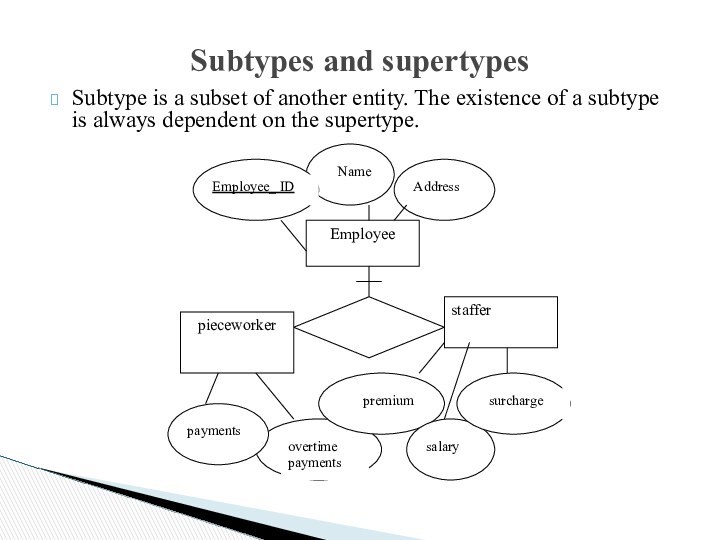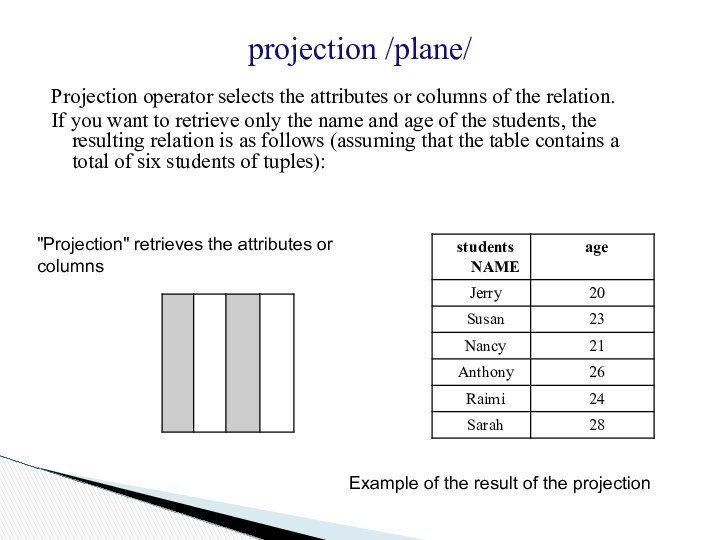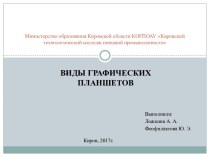models do you know?
Which model is historically the
first?Which model is the fastest data processing?
Which model is used for the analytic representation?
What models are based on strings, records?
Which model of the connection can’t be represented as a many-to-many?
Which model is the most advanced? Why is it so popular?
What can you say about each stage of the database design?
-Preliminary design -Analysis of feasibility -Determine requirements -Conceptual design
-Implementation -Testing and maintenance of the database.






















































